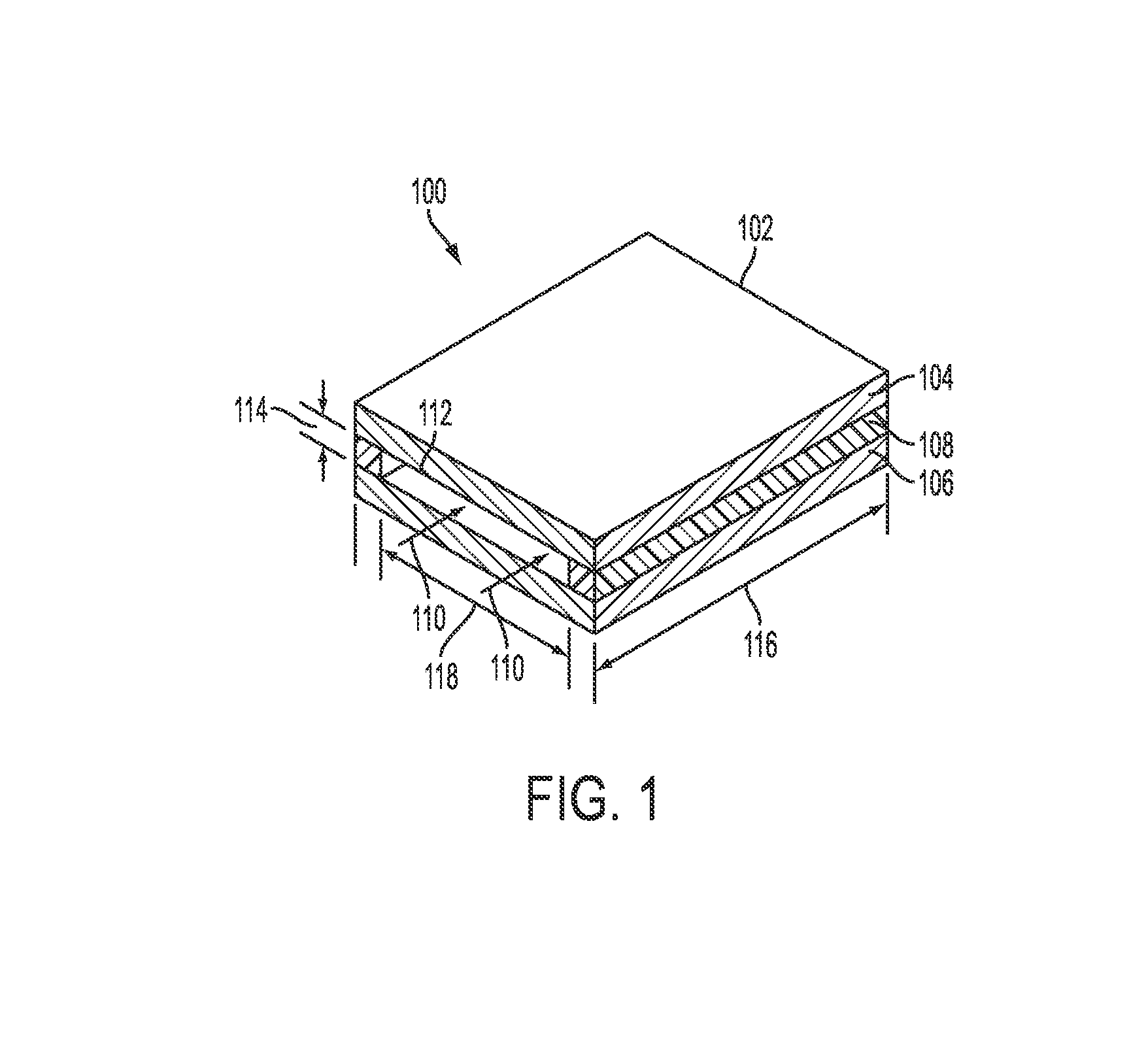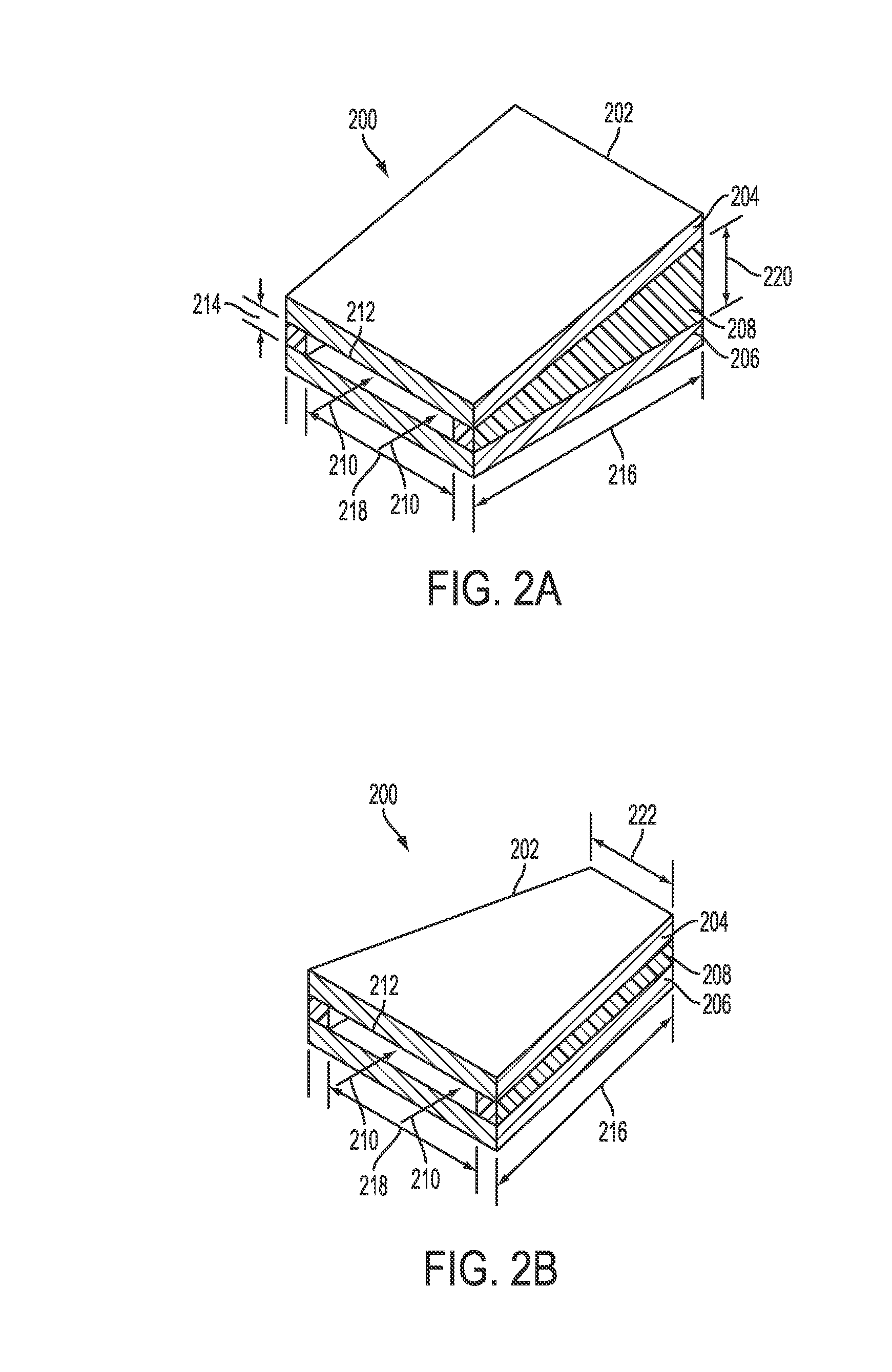Tubular electro-acoustic aggregation device
a technology of electroacoustic aggregation and tubular electrode, which is applied in the direction of specific use bioreactor/fermenter, enzymology, after-treatment of biomass, etc., can solve the problems of inhibiting the overall speed of the process, inefficient extraction of intracellular products from microorganisms in aqueous suspension, etc., to achieve accurate control and adjustment, efficient harvesting and dewatering, and efficient use of external energy
- Summary
- Abstract
- Description
- Claims
- Application Information
AI Technical Summary
Benefits of technology
Problems solved by technology
Method used
Image
Examples
Embodiment Construction
Rectangular Channel Embodiment
[0093]With reference to the Figures, the methods, systems and apparatuses described generally will now be discussed in greater detail with reference to illustrative embodiments. According to various embodiments, some methods include providing an aggregation apparatus that includes, among other things, a channel or fluid path for flowing the microorganisms through an electrical field that is sufficiently strong to aggregate the microorganisms without causing lysing or disruption of the microorganism cell walls or membranes. In some further embodiments, the apparatus includes an anode and a cathode that form a channel through which the aqueous slurry can flow. For example, FIG. 1 illustrates a schematic of a portion of an aggregation device 100 that is suitable for use in various methods according to some embodiments. In such embodiments, the illustrated portion of aggregation device 100 includes a body 102 that comprises an anode 104 and a cathode 106 el...
PUM
| Property | Measurement | Unit |
|---|---|---|
| concentration | aaaaa | aaaaa |
| concentration | aaaaa | aaaaa |
| gap height | aaaaa | aaaaa |
Abstract
Description
Claims
Application Information
 Login to View More
Login to View More - R&D
- Intellectual Property
- Life Sciences
- Materials
- Tech Scout
- Unparalleled Data Quality
- Higher Quality Content
- 60% Fewer Hallucinations
Browse by: Latest US Patents, China's latest patents, Technical Efficacy Thesaurus, Application Domain, Technology Topic, Popular Technical Reports.
© 2025 PatSnap. All rights reserved.Legal|Privacy policy|Modern Slavery Act Transparency Statement|Sitemap|About US| Contact US: help@patsnap.com



